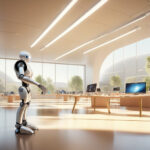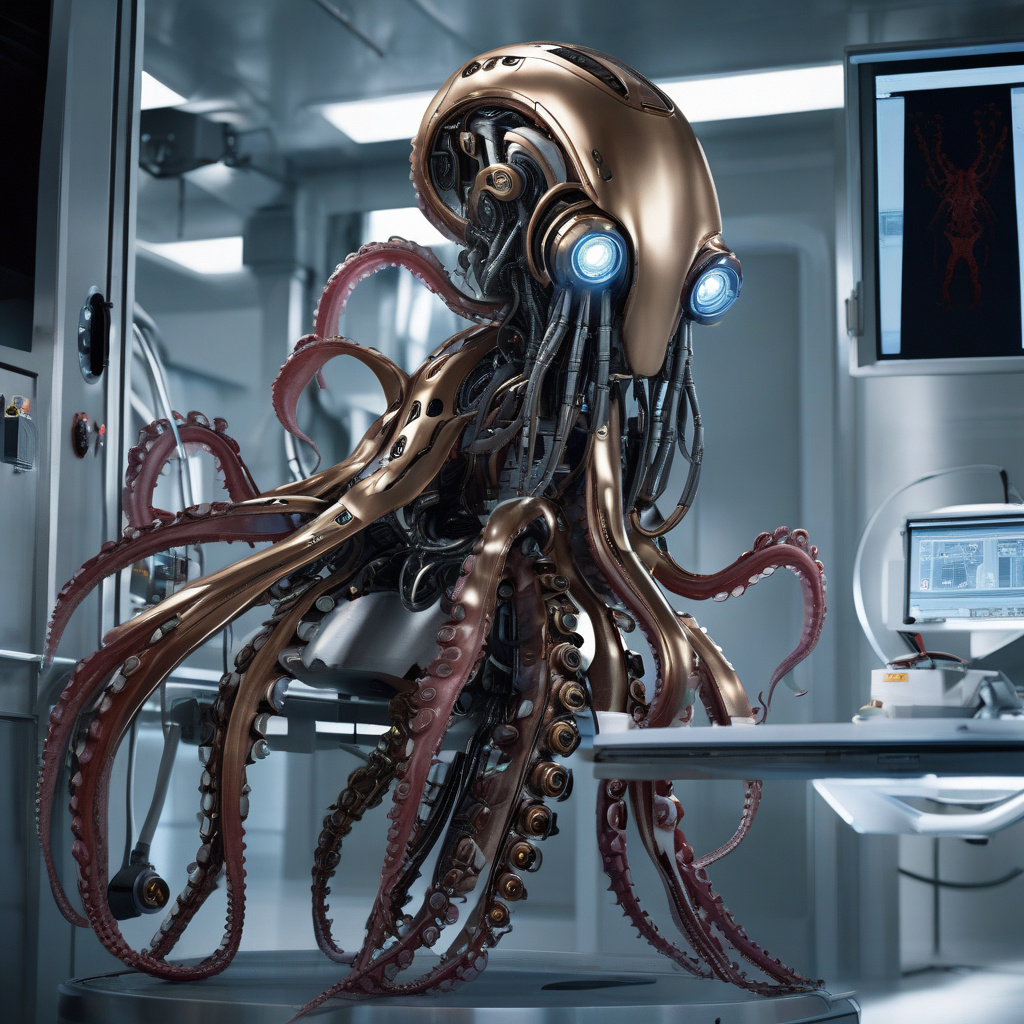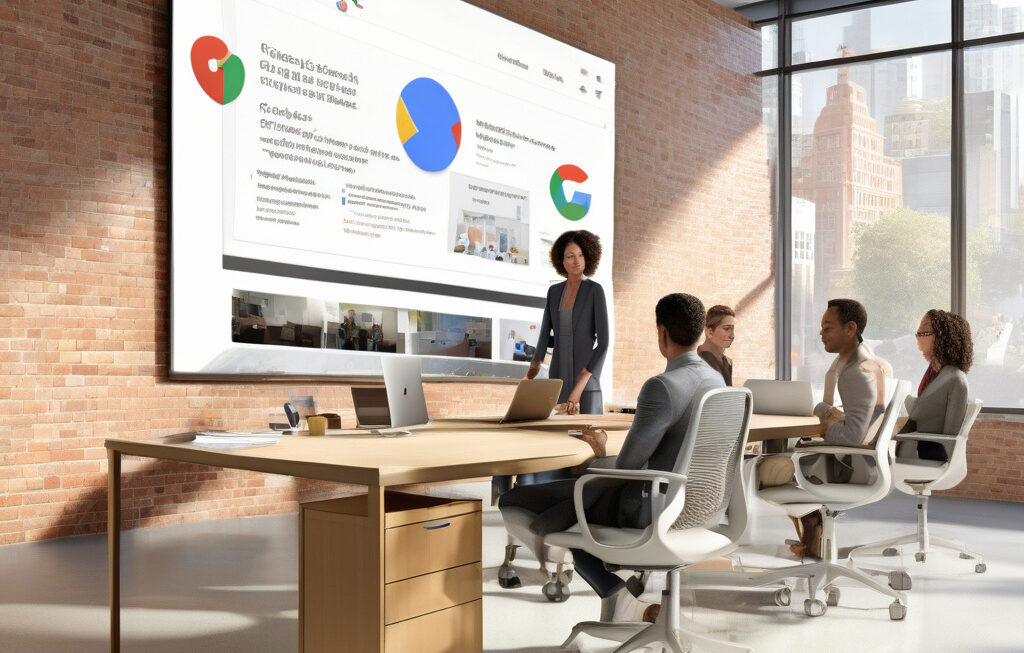Revolutionizing Robotics: The Octopus-Inspired Robot with Autonomous Gripping Precision
Scientists have developed a robot that can decide how to move or grip objects by taking inspiration from the incredible abilities of an octopus. This groundbreaking innovation in robotics allows the machine to autonomously determine the best way to grasp various items with unparalleled accuracy and efficiency.
The octopus is known for its remarkable dexterity and flexibility in manipulating objects with its tentacles. Scientists have long been fascinated by the way these creatures can adapt to different shapes and sizes of objects, making them a perfect model for improving robotic capabilities. By studying the octopus’s unique movements and techniques, researchers have been able to design a robot that mimics its gripping abilities.
One of the key features of this octopus-inspired robot is its ability to make decisions on how to grip objects without human intervention. Using advanced algorithms and artificial intelligence, the robot analyzes the shape, size, and weight of the object it needs to manipulate and then determines the most effective way to grasp it. This autonomous decision-making process enables the robot to handle a wide range of items quickly and accurately, making it incredibly versatile in various tasks and industries.
The implications of this innovation are far-reaching. In industries such as manufacturing, logistics, and healthcare, where precision and efficiency are paramount, the octopus-inspired robot can revolutionize operations. Imagine a robot working on a production line, effortlessly picking up different components and assembling them with speed and accuracy. Or picture a robot in a warehouse, efficiently sorting and organizing packages of various shapes and sizes with ease. The possibilities are endless.
Furthermore, the octopus-inspired robot’s autonomous gripping capabilities have the potential to enhance safety in environments where human intervention can be risky or impractical. For example, in disaster response situations or space exploration missions, where delicate or hazardous objects need to be handled with care, this robot could prove to be invaluable.
Moreover, the development of this robot highlights the power of bio-inspired design in advancing robotics. By studying and emulating nature’s solutions to complex problems, scientists and engineers can create robots with capabilities that were once thought to be out of reach. The octopus-inspired robot is a testament to the endless possibilities that arise when we look to the natural world for inspiration.
In conclusion, the robot inspired by the octopus represents a significant leap forward in the field of robotics. With its ability to autonomously decide how to grip objects with precision and efficiency, this innovation has the potential to transform industries and revolutionize the way we interact with technology. As we continue to push the boundaries of what is possible in robotics, one thing is clear: nature remains one of our greatest sources of inspiration.
robotics, innovation, artificial intelligence, autonomous gripping, bio-inspired design












